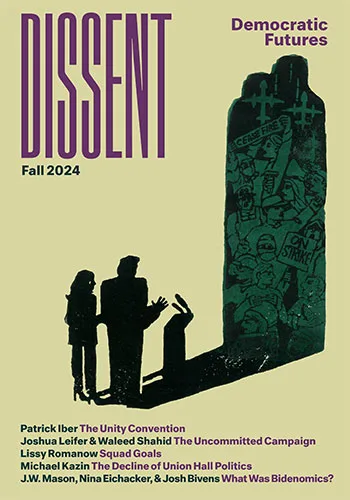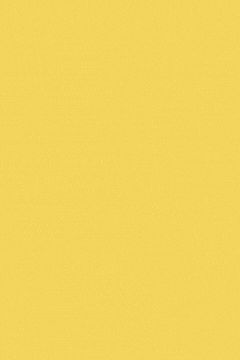Bad Political Art: The Americans at the Venice Biennale
Bad Political Art: The Americans at the Venice Biennale
Jon Wiener: Bad Political Art
When it comes to bad political art, the leading example this summer can be found at the American pavilion at the Venice Biennale, the world?s oldest and biggest international art exposition, which opened this month. Eighty-eight nations are official participants, and the American pavilion, located close to the center of the Biennale grounds (while most national exhibits are scattered around the city), features a sixty-ton tank, upside down, outside the front door–a work by American art duo Jennifer Allora and Guillermo Calzadilla. The turret and gun barrel are on the ground, the steel treads face the sky. The tank has an exercise treadmill on top of one of the treads, and once an hour, an athlete climbs onto the treadmill and starts running, which turns the tread of the tank and makes a lot of noise. The message is not hard to grasp: as NPR explained, it?s ?a critique of American militarism.?
But there?s more to it: ?The runners go nowhere,? as Adrian Searle of the Guardian noted, ?and the upside-down tank looks impotent and vulnerable.? Like the American empire! The athlete is ?dwarfed by the military machine,? Laura McLean-Ferris of the Independent noted, ?and yet puts all his energy into powering it?–like the Americans and the military-industrial complex!
The piece is ?trite and pretentious,? ?stupid,? a ?vacant political joke,? and ?a national disgrace?–that?s what Jonathan Jones wrote in the Guardian. Jerry Saltz of New York magazine quoted a person he described as ?the megacurator of an extremely well-known U.S. art museum? saying, ?This makes me embarrassed to be an American?–especially since previous artists featured at the American pavilion include Ed Ruscha, Louise Bourgeois, and Jasper Johns.
But not everybody was complaining. Saltz found that the piece succeeded as a metaphor for America today. He called it ?Tanks ?R? Us,? writing that ?We Americans are making this incredible noise, flexing our might, playing police force to the world, entertaining ourselves and anyone who?ll watch, being grandiose and goony and needy, all the while trying to stay fit.? Yes, he said, it was ?obnoxious, ostentatious, clamorous, and gross in its implications?–but also, ?like a lot of art, an amazing strange fact.?
Roberta Smith, the critic for the New York Times, saw the piece as ?a comment on American might, entitlement and image?–a comment that was ?as effective and as two-dimensional as a political cartoon.? But she also found that ?it has an unsentimental harshness that is something of an accomplishment.?
Some critics considered it a coup for the artists to get an anti-American piece as the official American entry. The rules of the Biennale require that governments approve the official national exhibits. ?A lot of people asked us, ‘Did the U.S. government know what they were getting when they chose Allora and Calzadilla?’? said Lisa Freiman of the Indianapolis Museum of Art, who curated the American Pavilion and picked the artists. She told Christopher Livesay of NPR, “I said, ‘Yeah! They knew everything!’?
Why exactly did Hillary Clinton?s State Department want the upside-down tank? NPR?s Livesay asked the U.S. cultural attache in Rome, David Mees, who said the piece was an example of the Obama-Clinton emphasis on ?soft diplomacy.? ?So often we go to our international partners and say…’We want you to stand with us in Afghanistan,’? he explained. ?And we often are not very popular when it comes to our regular foreign policies. So it’s very important also to cultivate that softer image.?
Curator Lisa Freiman told Jori Finkel of the L.A. Times that she had started by asking the artists to ?make work that would catalyze discussion.? So let?s discuss: Allora and Calzadilla, and their fans, think they are taking a stand against American foreign policy; but the Obama people think the artists are helping advance American foreign policy. Who?s the naïve one, and who is fooling who in this case?




